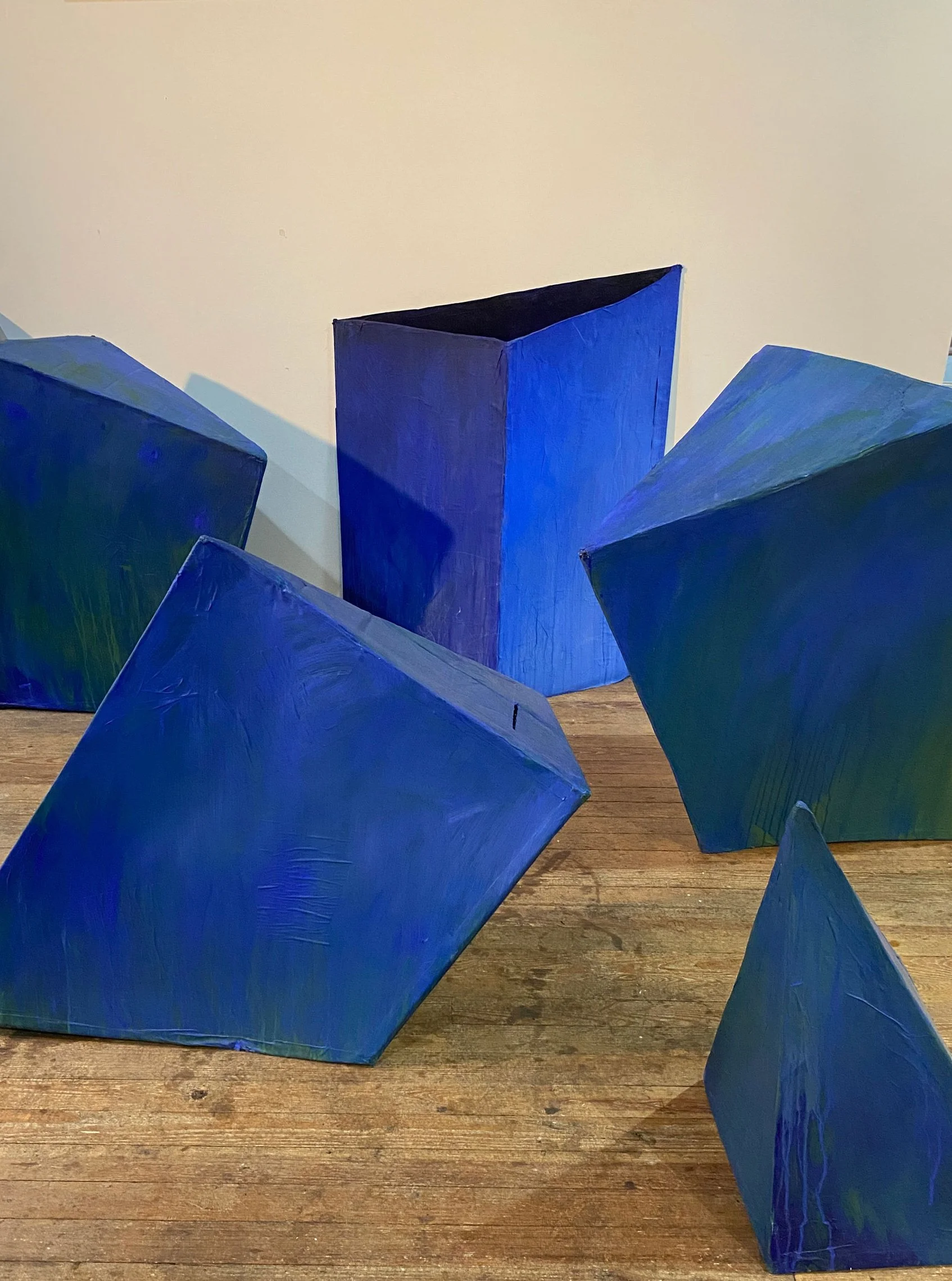Julia Coash
Julia Coash is an artist and educator whose interests in global studies, anthropology, visual culture and sustainability are important influences on her creative work and teaching. Her paintings and sculptures have been exhibited in Cairo, Paris, Bermuda and throughout the United States. She teaches Art for Albertus Magnus College, New Haven, CT. where she was formerly Co-chair of the Dept. of Visual and Performing Arts and Director of the Masters in Liberal Studies Program. She has also held teaching positions at Bermuda College and the American University in Cairo, Egypt. Coash received her MFA in Painting from James Madison University; her MSEd in Higher Education and BA in Ethnographic Photography (President's Degree Program) both from Southern Illinois University. She has received numerous grants to study and practice art abroad including among others: Visiting Artist Residency with the Masterworks Museum in Bermuda; EBUKI Conference in the Solway Plain, England; and for research in Japan and Southeast Asia. Her works are held in many public and private collections such as: the Shapin-Nicholas Art Project Foundation (SNAP), Masterworks Museum, Bermuda, and Southern Illinois University. Coash recently relocated to Louisville, KY. Her works will be exhibited in upcoming shows at the Painting Center in New York (“H20”) and the 21C Museum Hotel in Louisville, KY.
The “Trash Towers”, made with recycled trash and paint are, in essence, three-dimensional paintings. I have great admiration for the sustainable art and architecture that I have discovered on my travels, such as: Japanese Boro – textiles, made from recycled fabric that has been patched or mended; Houses in Fustat, Egypt built by garbage collectors with clay, broken pots and oil cans; and the architecture in Phonsavan, Laos made from recycled missile and bomb casings (remnants from the USA's "Secret War" in Laos). The use of these throwaway, mundane materials to create beautiful textiles and dwellings, I find both inventive and heroic.
In creating the “Trash Towers”, recycled materials were obtained from a community trash pick-up, personal trash, and discarded cardboard shipping materials. The painted surfaces of the “Towers” both conceal and reveal the archeology of cultural debris, as materials and process are exposed through transparent layers of paint. The sculptures themselves suggest architectural forms while also having anthropomorphic associations. Intentionally placed off-kilter, these forms, in dialogue with one another, create visual conversations about balance, connection and interrelationships, implying a wide range of metaphoric associations. In sum, I see the sculptural works as extrapolations of my paintings, in which I explore a three-dimensional dialogue between colors and forms.


